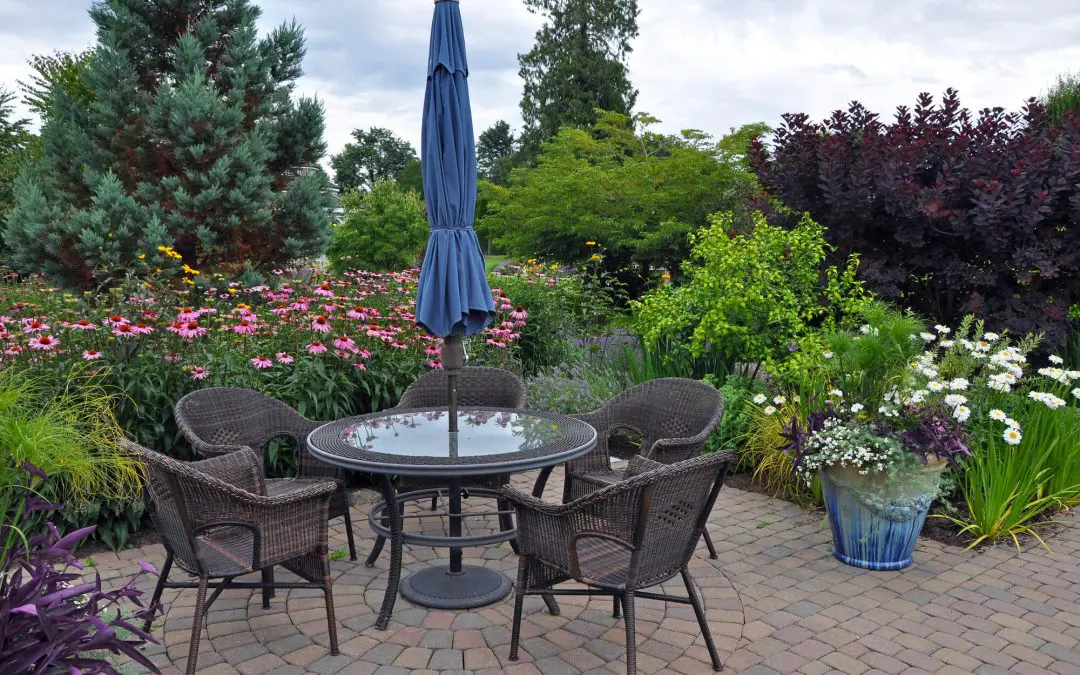Gardening with native plants is one of the best ways to create a thriving, beautiful outdoor space that feels right at home in Alabama. Native plants are those that have grown naturally in the area for centuries, adapting to the soil, weather, and local wildlife. Choosing these plants means less work for you and a healthier environment for birds, bees, and butterflies. If you’re ready to dig into native plant gardening, here are some straightforward tips to help you get started and keep your garden growing strong.
Start by Getting to Know Your Yard
Before you pick up a shovel or buy a single plant, take some time to understand the space you’re working with. Notice how much sun your yard gets throughout the day. Some spots may be in full sun all afternoon, while others may be shady and cool. Pay attention to how water drains after it rains. Some areas may stay soggy, and others may dry out fast. Once you get a good sense of the conditions in your yard, you’ll be able to pick plants that will naturally thrive without constant babysitting.
Choose the Right Plants for Native Plant Gardening
Alabama is home to a huge variety of native plants that suit all kinds of yards and tastes. If you want color, native wildflowers like Black-eyed Susan, Coreopsis, and Butterfly Weed are great choices. If you’re looking for shrubs, consider Oakleaf Hydrangea or Alabama Azalea. For trees, Southern Magnolia and Eastern Redbud are beautiful, reliable options.
It’s important to pick plants that match your yard’s conditions. If you have a dry, sunny spot, plants like Purple Coneflower and Little Bluestem will do well. In shady, moist areas, try planting Woodland Phlox or Christmas Ferns. Local nurseries that specialize in native plants can be a big help. They can offer suggestions based on your specific yard and even help you find plants grown from Alabama seeds.
Don’t Fight Your Soil
One of the best things about using native plants is that you don’t have to fight your soil. Alabama’s soils vary from heavy clay to sandy loam, and native plants are built to handle it. Instead of spending a fortune trying to change the soil, it’s smarter to find plants that love what you already have. If you’re curious, you can get a soil test done through your county extension office. They’ll tell you your soil’s pH and nutrient levels, which can guide your choices even more.
Water Wisely at the Start
Native plants are naturally drought-tolerant once they’re established, but that doesn’t mean you can plant them and forget about them right away. They’ll need regular watering for the first few months to get their roots set. A good rule of thumb is to water deeply once or twice a week, depending on rainfall. After that, you can usually let nature take over. This is one of the biggest reasons people love native gardening—you’re not stuck hauling hoses around all summer.
Go Easy on the Fertilizer While Native Plant Gardening
Native plants don’t need a lot of extra feeding. In fact, too much fertilizer can actually harm them by encouraging weak, leggy growth. A little compost mixed into the soil at planting time is usually enough. Over time, fallen leaves and natural plant debris will recycle nutrients back into the soil, just like they would in a forest or prairie.
Let Nature Take the Lead
One of the joys of native plant gardening is watching how your yard becomes part of the larger ecosystem. You’ll start to see more butterflies, hummingbirds, and beneficial insects showing up. It’s okay if your garden looks a little wild sometimes. That’s part of the beauty. Native gardens don’t have to be messy, though. You can create neat edges, add paths, or design beds with structure while still letting the plants grow naturally. The goal isn’t perfection—it’s creating a place where both plants and wildlife feel at home.
Frequently Asked Questions About Native Plant Gardening in Alabama
Do I need to completely redo my yard to start a native garden?
Not at all. You can start small by adding a few native plants into existing beds. Over time, you can expand as you get more comfortable.
Are native plants less attractive than other garden plants?
Definitely not. Native plants can be every bit as colorful, bold, and beautiful as imported ones. Plus, they tend to have more benefits for local wildlife.
When is the best time to plant native plants in Alabama?
Fall is often the best time because it gives plants time to establish roots during the cooler, wetter months. Spring is also a good second choice if you missed the fall window.
Can I mix native plants with non-native ones?
You can, but aim for a higher percentage of natives to get the full benefits. Some non-native plants can behave well in the garden, but avoid anything invasive that could crowd out the natives.
Where can I find native plants for sale?
Check with local native plant nurseries, botanical gardens, and plant sales through conservation groups. Some regular garden centers now carry native options too, but always double-check that the plants are truly native to Alabama.
Delta Home Inspection provides home inspections in Mobile and Baldwin Counties in Alabama. Contact us to schedule our services.
